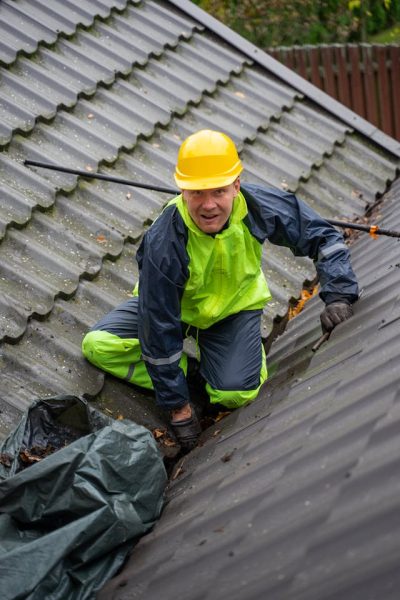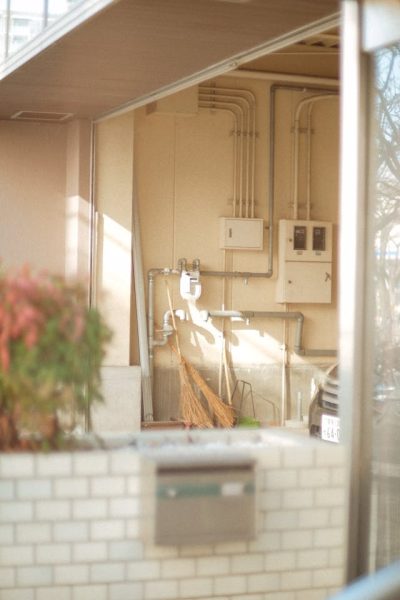There is no single man who doesn’t dream about having a beautiful, luxurious home, that is his own oasis from the outside world and stress. But maintaining such a space isn’t just about decorating and remodeling. Every smart homeowner knows that regular maintenance is a sort of assurance that his dream house is not gonna turn into a nightmare of unexpected costs for repairs and damages.
If you want to learn how to take proactive care of your home and what your maintenance routine should be to minimize unexpected repairs and preserve home value, you are in the right place.
Here is a basic guideline for every homeowner on how to take preventative care of his property and which are the most common preventative measures.
The Importance of Preventative Care
If you want to avoid larger and more expensive problems with your house, preventative home maintenance is going to help you achieve that. There are a few regular tasks that no one should neglect, such as cleaning gutters, checking for leaks, and inspecting your roof. These simple checks can prevent severe issues such as flooding, structural damage, and mold growth.
Basically, if you address potential risks early, you will minimize the chance of facing not only extensive repairs but also very expensive.
It is interesting that according to recent data the average homeowner spends about $1,200 annually on preventative maintenance. If this sounds like a lot to you, you are probably unaware of how expensive house repairs are, especially severe ones. If you compare the cost of preventative maintenance with the thousands of dollars required to repair major damage caused by neglect, you will realize it is a simple choice.

Common Preventative Measures Every Homeowner Should Take
Among many things every homeowner should worry about, there are some most common preventative measures that should be taken.
- Roof Inspection and Maintenance: You should have your roof inspected at least once a year for any signs of wear or damage. Roof repairs are usually very expensive, but if you catch small issues early you can prevent leaks and water damage, which are the most common roofing problems.
- Plumbing System Checkups: You should know that even a small leak can lead to significant damage over time. That is why it is very important to regularly inspect plumbings for leaks, corrosion, or blockages. You can even make a deal with your plumber to come every month or two for a regular checkout.
- Basement and Foundation Monitoring: With this part of the house you should be very careful because it is particularly vulnerable to water intrusion. Regularly look for cracks and signs of moisture because in that way you can detect the issue while is still minor.
Water Damage: A Costly Concern Across the U.S.
Water damage is one of the most significant risks for homeowners. It can happen for all sorts of reasons, from natural disasters to plumbing failures, structural issues, and water damage. Whatever the reason is, repairs are usually high-cost.
In the table below you can see the variation in water damage repair costs across different states:
| State | Average Cost of Water Damage Repair |
| Minnesota | $3,500-$7,500 |
| Illinois | $3,200-$6,800 |
| California | $4,000-$9,000 |
| Florida | $3,800-$8,500 |
| Texas | $3,600-$7,900 |
For example, homeowners from Minnesota should be especially vigilant, because harsh winters and heavy snow can lead to significant water damage. Investing in professional services, like Minnesota water damage restoration, is a great way of ensuring that damage is quickly and effectively managed. Also, it is important to act fast and prevent further issues like mold growth or structural weakening.
Benefits of Proactive Water Damage Prevention
Preventative care isn’t just about routine maintenance. If you really want to take preventative care of your house, you should also be prepared for potential disasters and know how to respond when problems arise.
Here are the key benefits of proactive water damage prevention:
- Cost Savings: If you take preventative measures and you detect problems early, it will reduce overall repair costs.
- Health Protection: Water damage can lead to mold-related health issues, which is why prevention is so important for your well-being.
- Increased Property Value: It is a logical benefit because homes in good condition are certainly more expensive than the ones in bad shape.
- Peace of Mind: There is no price tag for knowing that your home is well-maintained and safe. That is the best peace of mind every homeowner can have.
Conclusion
For all these reasons it is clear that investing in preventative care is a smart decision for any homeowner. All proactive steps, from regular inspections to quick reactions in emergencies, will help you to avoid unnecessary costly repairs. If you do preventative care over the years, it will also maintain the value of your property.
Whether you’re in Minnesota, Florida, or any other state, staying ahead of potential issues will give you assurance that your home is a safe and comfortable place to live.


